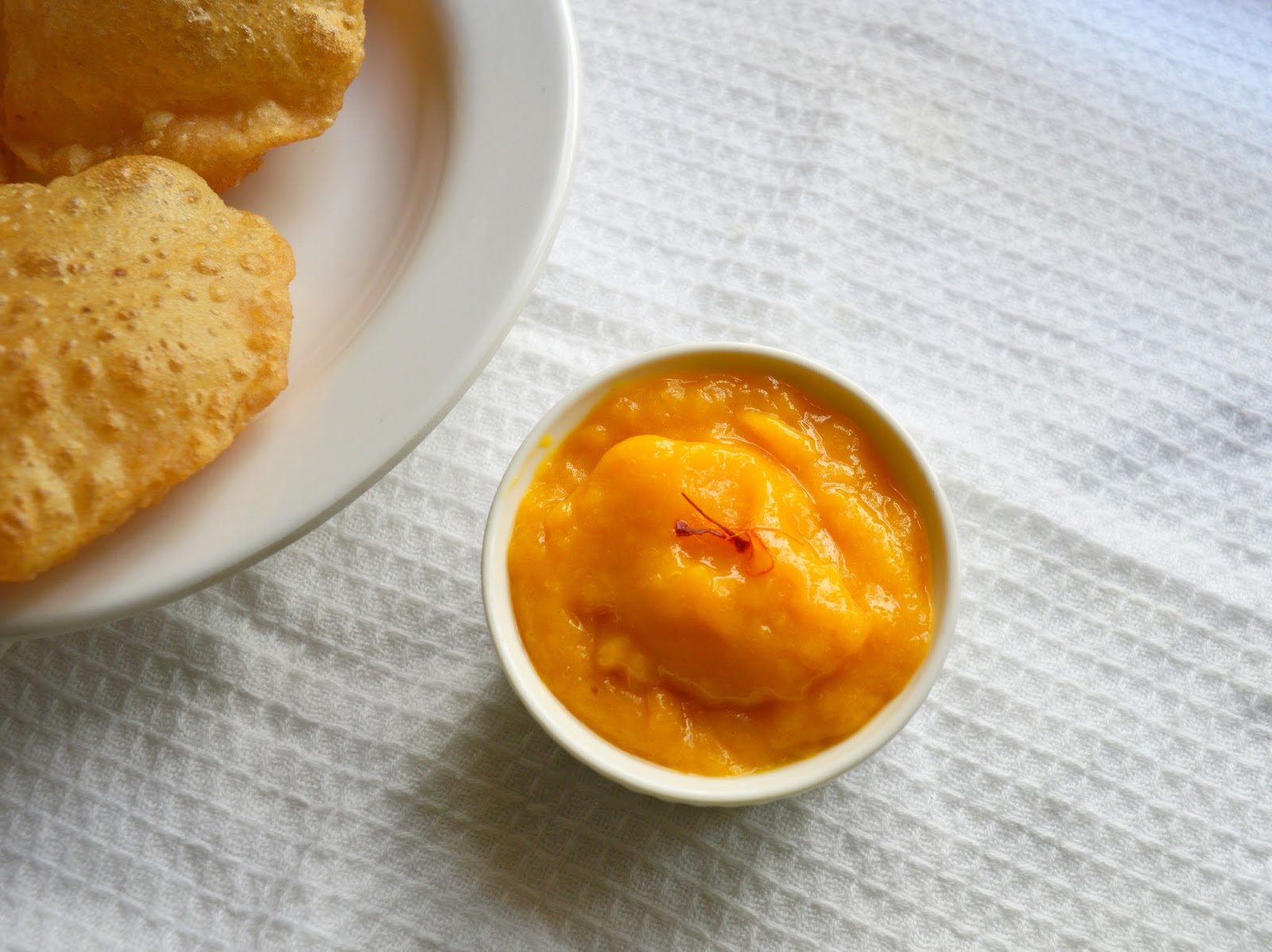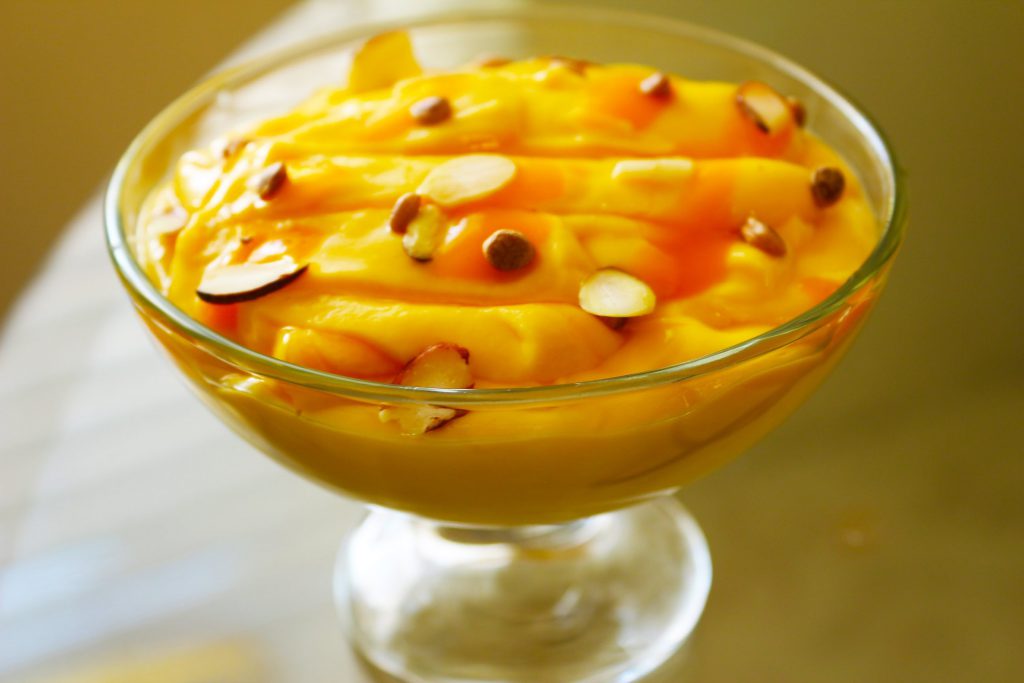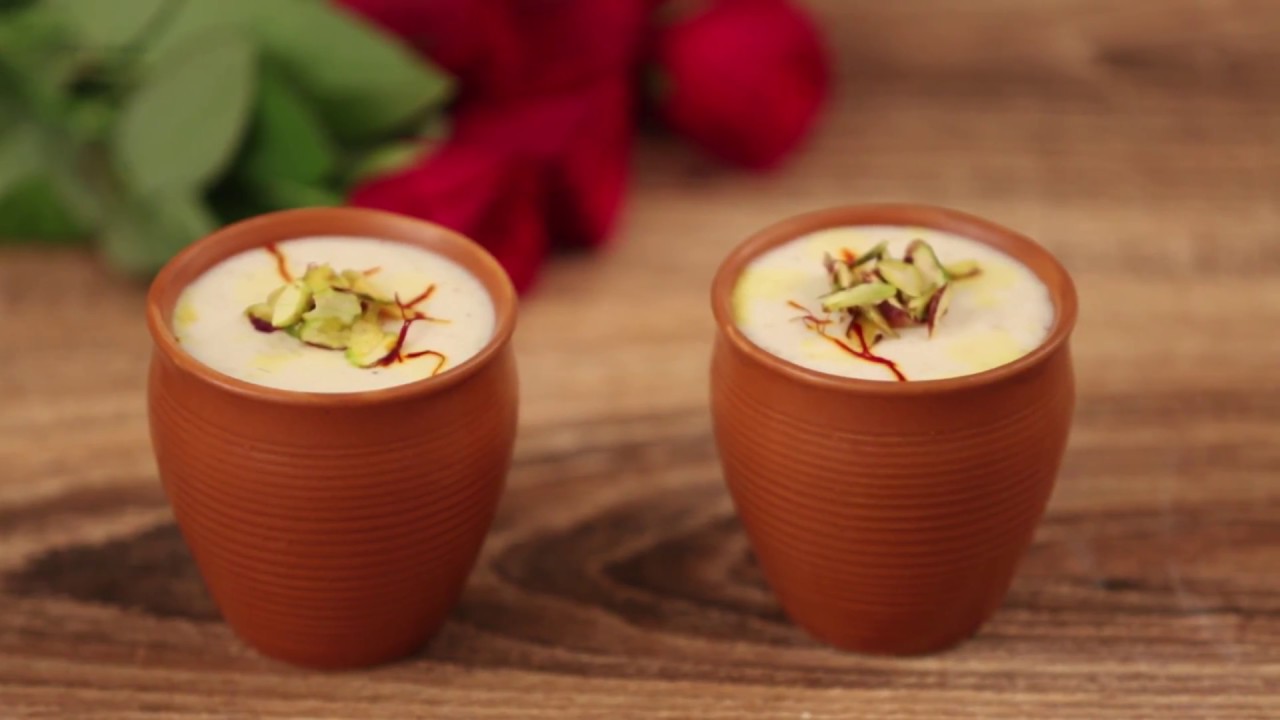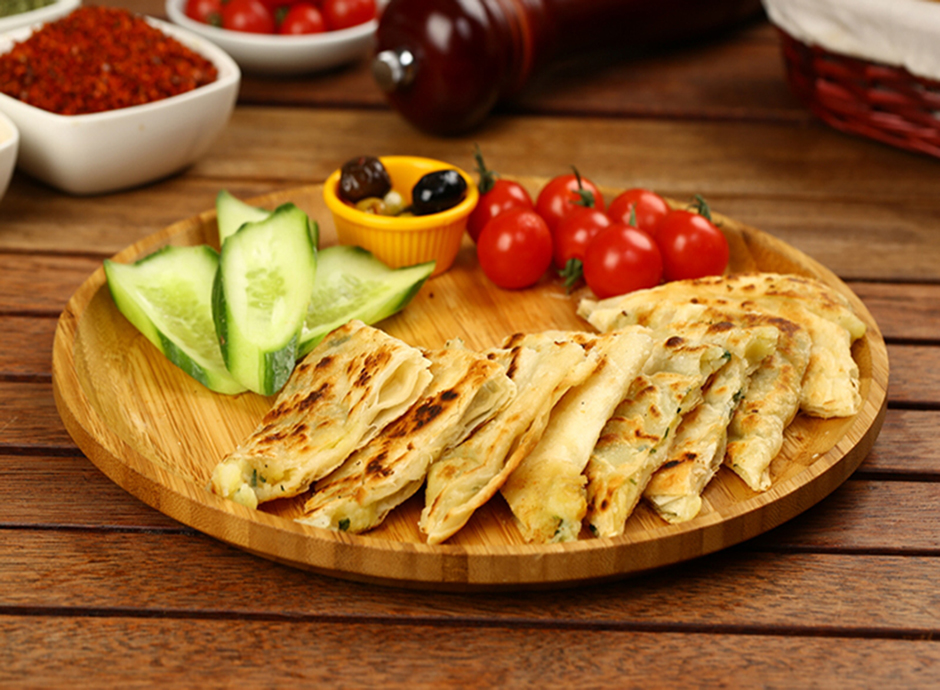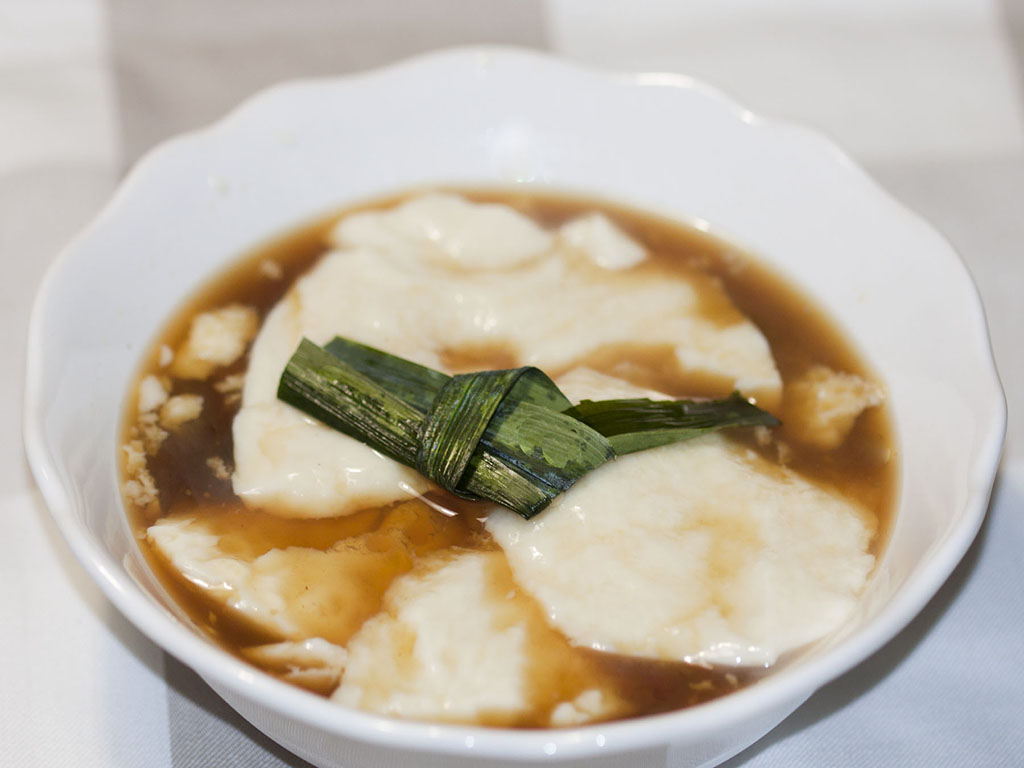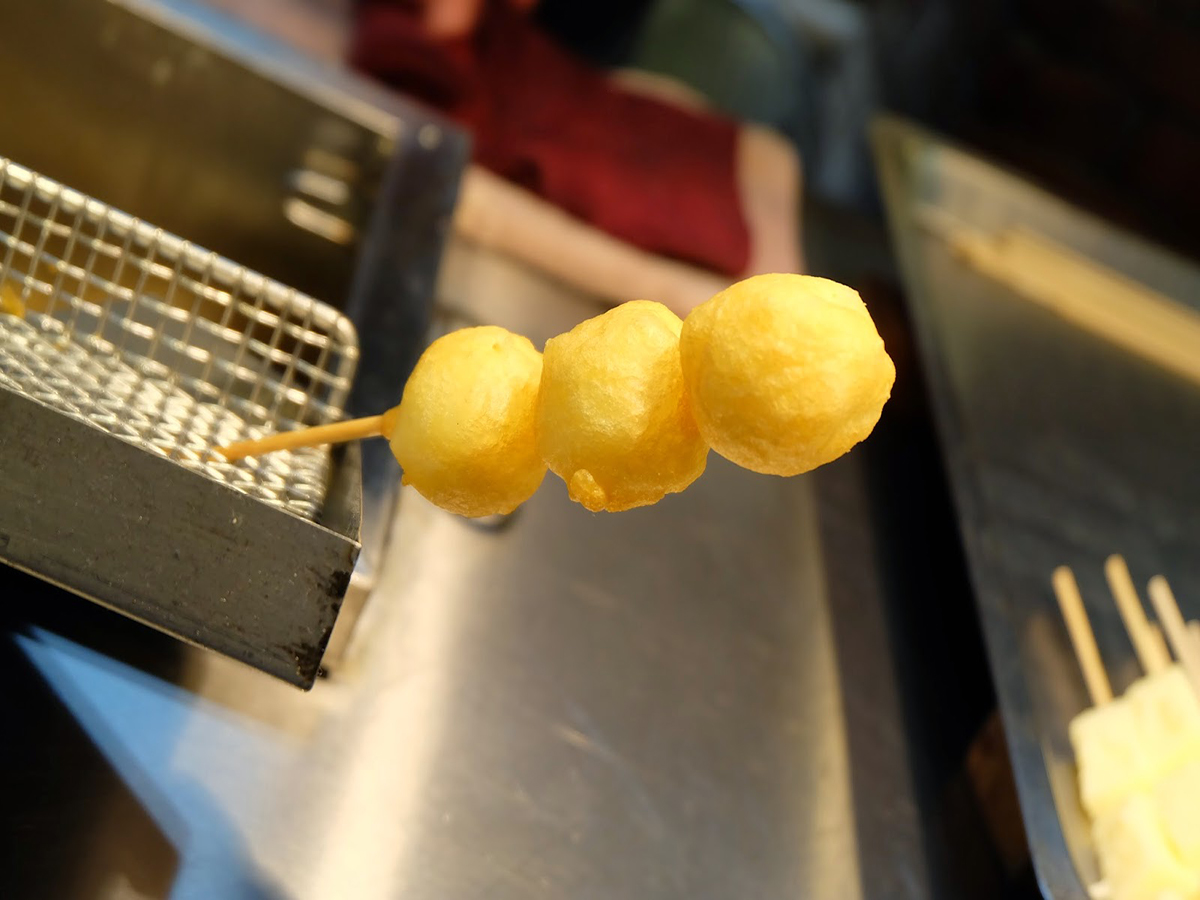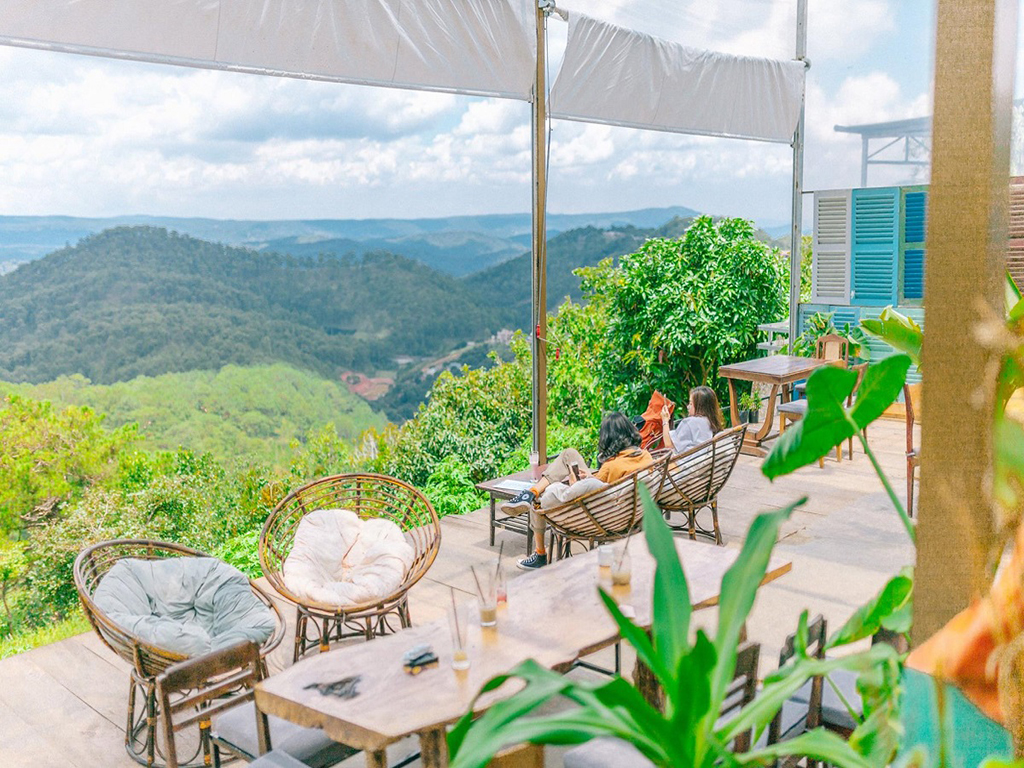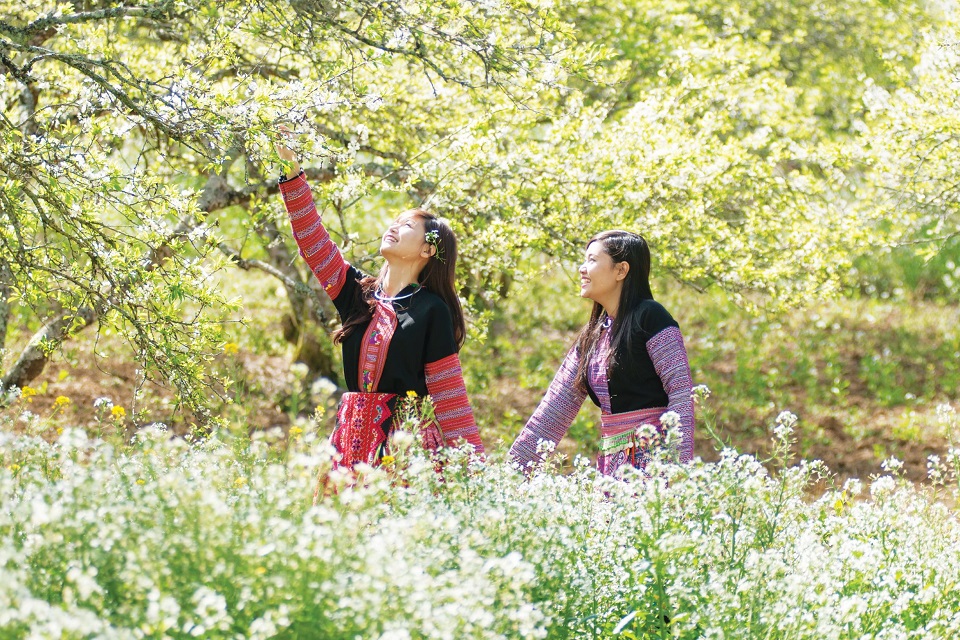6 of India's most beautiful desserts
While more and more food lovers around the world can wax poetic about their favorite tandoori chicken or pillowy naan bread, Indian desserts haven't (yet) captured that same fervor globally.
Many of the sweet treats are also magnificent to behold, from the complex, multi-layered bebinca to the technicolor motichoor ladoo.
In an added bonus, Indian desserts aren't limited to being a post-lunch or -dinner treat: Many sweet dishes in India are eaten for breakfast, or enjoyed as a quick snack while traveling.
So why haven't they caught on yet? Mumbai-born chef Floyd Cardoz, owner of The Bombay Bread Bar in New York and culinary director of The Bombay Canteen in Mumbai, chalks it up to sugar content.
"Indian desserts are so sweet, a lot of non-Indians find them hard to enjoy," he says. But considering many of them can be made vegan or without wheat flour, Cardoz predicts their popularity will rise as more diners identify as gluten-free or opt out of eating animal products.
"Indian chefs need to start looking at, and approaching them, differently, making them more user-friendly," he says. "I think if they evolve, it'll be great."
Bebinca
The dish has its roots in Portuguese settlers who came to Goa in the 16th century and brought their custard-style desserts with them.
Bebinca is composed mostly of a batter of eggs, flour, nutmeg and coconut milk, which is baked in thin layers, and then stacked with a smear of ghee (clarified butter) in between.
It's a time-consuming dish to make, becoming more labor-intensive as the number of layers increase. Seven is typically the minimum number, but some versions contain as many as 16 layers. In any form, bebinca's multicolored striations show off a baker's skill and delight consumers.
"In Goa, it's had all the time, but especially at Christmas or Eastertime," Cardoz says.
Aamras puri
The reason for that is simple: Plain, pureed mango pulp is the star of the dish (in Hindi, "aam" translates to mango and "ras to juice). And indeed, it's hard to resist a giant bowl of fresh mango, so orange it's nearly neon.
Different recipes may use saffron, milk or powdered sugar to flavor the puree, but the most important ingredient is the right type of mango -- the impossibly juicy, soft Alphonso is the most popular pick. The fruit mixture, often served chilled, is then scooped up with puri, a crispy, deep-fried bread.
Gajar halwa
It's often served heaped in a bowl, with the vivid carrots topped with bright green pistachios or delicately slivered almonds.
The secret to a perfect rendition lies in cooking the carrots down with ghee and milk until they are creamy and pudding-like in consistency. The mix is then flavored with heady green cardamom, pistachios and, sometimes, raisins. "The best way to eat it is with vanilla ice cream," Cardoz adds.
Shrikhand
The Gujarati dish bears some resemblance to a yogurt parfait: It's made up of a thickened yogurt seasoned with green cardamom, sugar and saffron. The saffron imparts a delicate yellow hue to the pudding, making it unmistakable from other yogurt desserts.
Oftentimes it's also served with a salty puri, making the finished dish an addictive mix of sweet and savory. And while it's now one of Cardoz's favorites, he came to it later in life. "Indian desserts are so regional, I didn't even know what shrikhand was until the day that I was on a train and saw it," he says.
Mishti Doi
It begins with milk, which is reduced over heat and then sweetened with jaggery, a sugar formed from sugar cane juice or the sap of palm trees. From there, yogurt culture is added and the whole mixture is set until firm.
"It almost tastes like a baked dish, but you eat it cold," Cardoz says. The traditional way of serving mishti doi is in a terracotta or clay bowl, with bright threads of saffron, pistachio crumbles or even edible flowers often scattered over the top of the mixture.
And while technically a dessert, the dish has reach: "You can have it for breakfast, you can have it for lunch," Cardoz explains. It can even be served alongside a savory main course, like fish.
Motichoor Ladoo
"A good motichoor ladoo should be delicate, and as soon as you bite it, it should break in your mouth," Cardoz says.
The dish, which has its origins in the north of the country, is often seasoned with saffron or melon seeds and sweetened with a thickened sugar syrup. The balls are also occasionally mixed with orange food coloring, to make their hue truly pop.
Source CNN

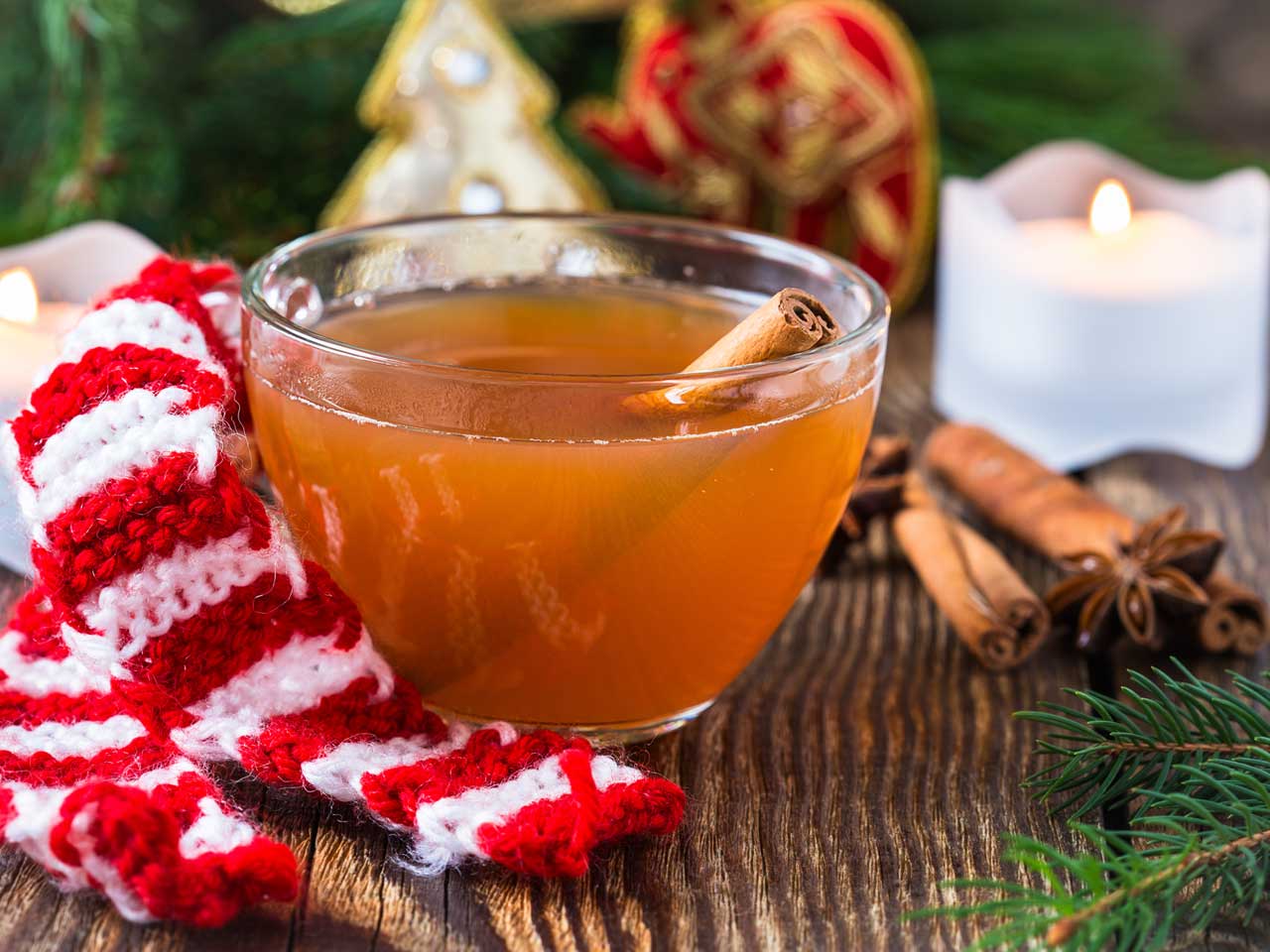
The best Christmas drinks from around the world
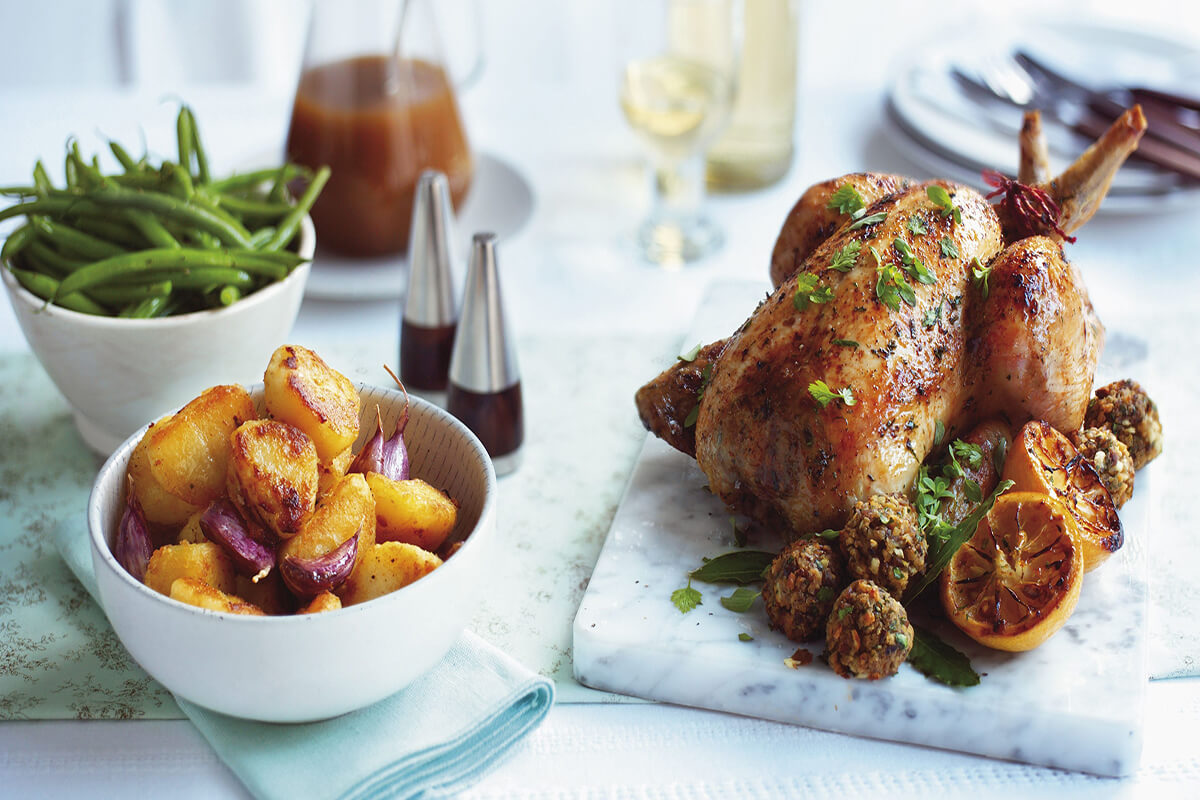
Traditional Christmas dishes from around the world
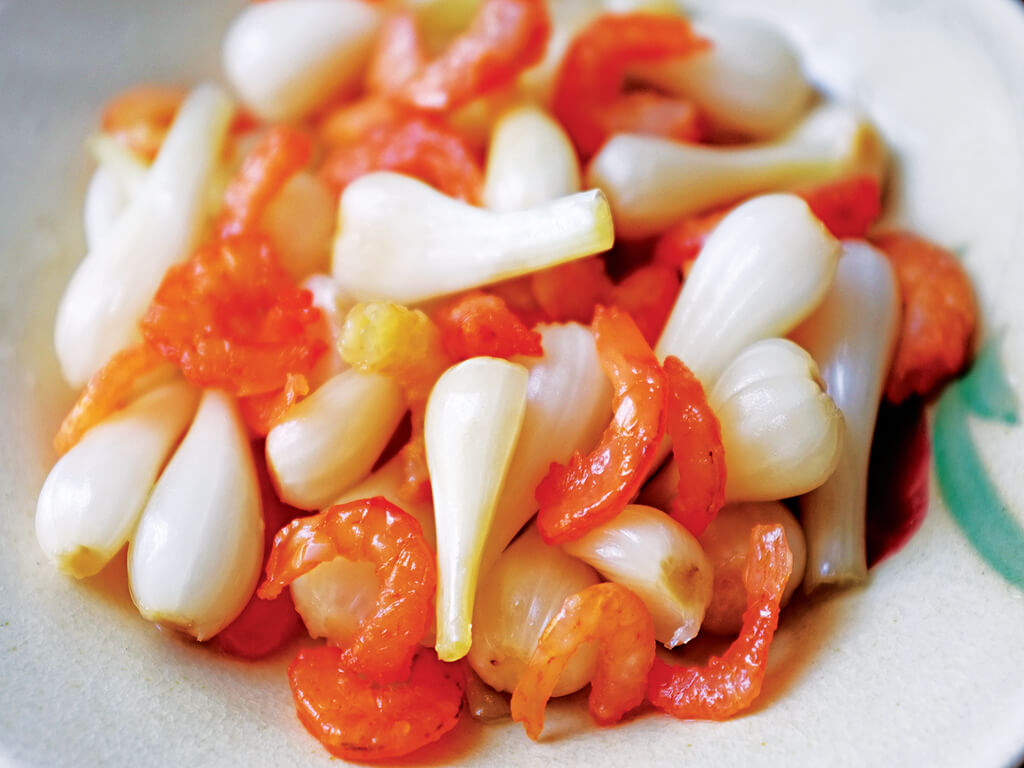
10 traditional Vietnamese Tết Dishes
The best restaurants in Chiang Mai
Chiang Mai is famous for the good Northern Thai cuisine that is different from what you see in Bangk ...
Top five foods to try in Turkey
Turkish food can be found in most major cities and has become an increasingly popular type of cuisin ...
Dining in paradise: The Maldives' finest tables
Set in the impossibly turquoise blue waters of the Indian Ocean, the islands of the Maldives have be ...
10 best desserts to try in Hong Kong
Desserts are serious business in Hong Kong – so much so that there are shops devoted entirely to des ...
7 foods to eat in Shilin Night Market, Taiwan
Taiwan is known for its street foods and snacks, definitely the one of the favourite stops of foodie ...
Where to drink in Da Lat
Da Lat does not offer the same buzzing drinking and nightlife opportunities as a metropolis like Sai ...








